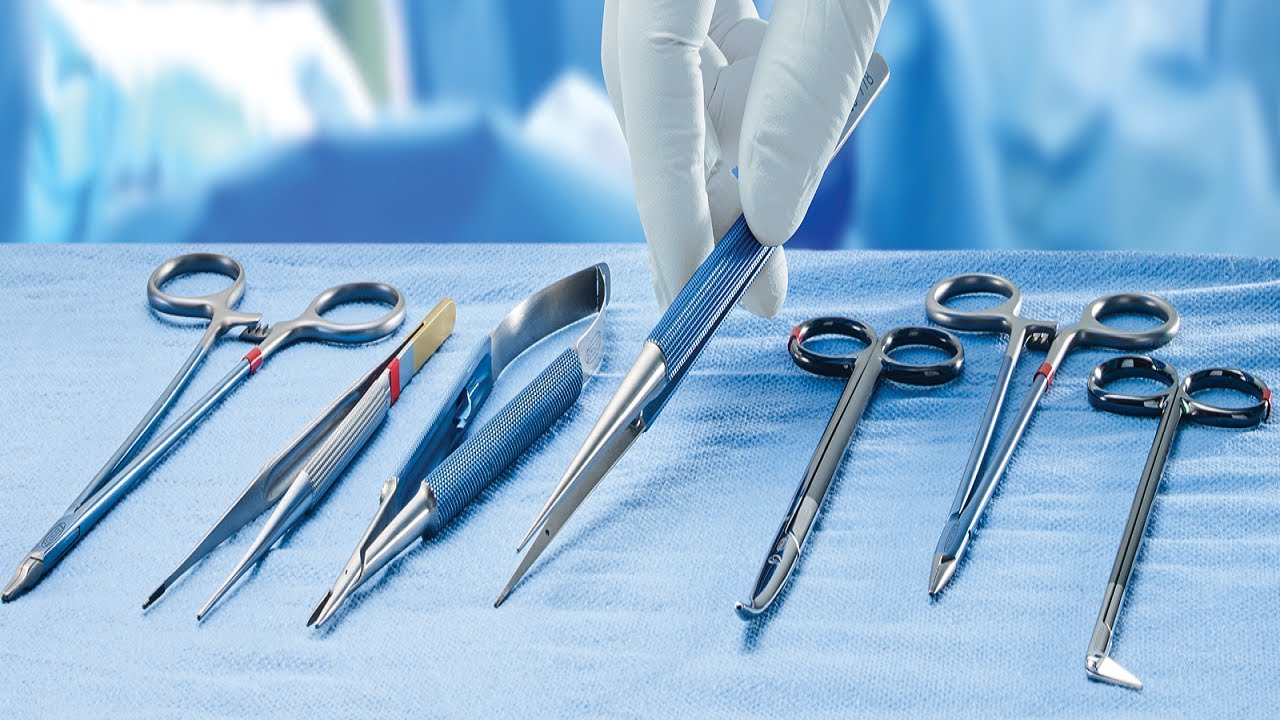Neuro surgical instruments are the backbone of modern neurosurgery, playing a pivotal role in ensuring the highest level of precision and success in delicate brain and spinal cord surgeries. The complexity of neurosurgical procedures necessitates the use of specialized instruments designed to provide neurosurgeons with the utmost control and accuracy. In this comprehensive article, we delve into the various types of neuro surgical instruments, their specific functions, and how they contribute to the enhancement of surgical precision.
The Importance of Precision in Neurosurgery
Neurosurgery is one of the most challenging fields in medicine due to the intricate nature of the nervous system. The brain and spinal cord are highly sensitive and complex organs, and even the slightest error can lead to significant complications, including loss of function or life-threatening conditions. Therefore, precision is paramount in neurosurgical procedures. Neuro surgical instruments are meticulously engineered to meet these high standards, ensuring that surgeons can perform with the utmost accuracy and efficiency.
Types of Neuro Surgical Instruments
Scalpels and Blades
Scalpels and blades are fundamental tools in neurosurgery, used for making precise incisions. Micro scalpels are specially designed for neurosurgical procedures, featuring ultra-sharp blades that allow for clean and accurate cuts with minimal tissue damage. These instruments are essential for accessing the brain and spinal cord with precision.
Forceps
Neuro forceps come in various shapes and sizes, each tailored for specific tasks such as grasping, holding, and manipulating delicate tissues. Bipolar forceps are commonly used in neurosurgery as they allow for precise coagulation of blood vessels, minimizing blood loss and enhancing surgical visibility.
Hemostatic Instruments
Controlling bleeding is critical in neurosurgery. Hemostatic clamps and ligating clips are used to clamp and seal blood vessels, ensuring a clear surgical field. These instruments are designed to be gentle on tissues while providing effective hemostasis.
Retractors
Retractors are used to hold back tissues and provide a clear view of the surgical area. Self-retaining retractors are particularly useful in neurosurgery as they free up the surgeon’s hands, allowing for better focus and precision. Brain retractors are specifically designed to gently hold brain tissues aside without causing damage.
Dissectors and Elevators
Neuro dissectors and elevators are used to separate and lift tissues during surgery. These instruments are designed with fine tips to ensure delicate manipulation of tissues, reducing the risk of injury to surrounding structures.
Suction and Irrigation Systems
Maintaining a clear surgical field is essential in neurosurgery. Suction devices are used to remove blood and other fluids, while irrigation systems help in flushing out debris and maintaining tissue hydration. These instruments are crucial for maintaining optimal visibility during complex procedures.
Advanced Neuro Surgical Instruments
Neuroendoscopes
Neuroendoscopy is a minimally invasive technique that uses specialized endoscopes to visualize and operate within the brain and spinal cord. Neuroendoscopes provide high-definition images, allowing surgeons to perform precise procedures with minimal disruption to surrounding tissues.
Microsurgical Instruments
Microsurgery requires instruments that offer unparalleled precision. Microsurgical scissors, forceps, and needle holders are designed for use under a microscope, providing the fine control necessary for delicate neurosurgical procedures. These instruments are critical for performing tasks such as tumor removal and aneurysm clipping.
Robotic-Assisted Instruments
The advent of robotic-assisted surgery has revolutionized neurosurgery. Robotic systems offer enhanced dexterity, stability, and precision, allowing surgeons to perform complex procedures with greater accuracy. Robotic instruments are particularly beneficial in minimally invasive neurosurgery, reducing recovery times and improving patient outcomes.
Sterilization and Maintenance of Neuro Surgical Instruments
Ensuring the sterility and proper maintenance of neuro surgical instruments is crucial for preventing infections and ensuring their longevity. Autoclaving is the most common method of sterilization, using high-pressure steam to eliminate pathogens. Instruments must be carefully inspected for any signs of wear or damage before each use. Regular maintenance, including sharpening and calibration, ensures that instruments perform optimally during surgery.
Innovations in Neuro Surgical Instruments
The field of neurosurgery is constantly evolving, with ongoing innovations aimed at enhancing surgical precision and patient outcomes. 3D printing has emerged as a valuable tool for creating customized surgical instruments and anatomical models, allowing for more precise planning and execution of complex procedures. Additionally, neuro-navigation systems integrate advanced imaging technologies with real-time tracking, providing surgeons with accurate guidance during surgery.
The Future of Neuro Surgical Instruments
The future of neuro surgical instruments looks promising, with advancements in technology set to further enhance surgical precision and patient safety. Augmented reality (AR) and virtual reality (VR) are being explored as tools for surgical training and pre-operative planning, providing immersive experiences that improve surgical skills and outcomes. Moreover, smart instruments equipped with sensors and feedback mechanisms are being developed to provide real-time data to surgeons, enhancing their ability to perform precise and effective surgeries.
Conclusion
Neuro surgical instruments are indispensable tools that play a critical role in enhancing the precision and success of neurosurgical procedures. From traditional scalpels and forceps to advanced neuroe ndoscopes and robotic systems, these instruments are meticulously designed to meet the demands of delicate brain and spinal surgeries. As technology continues to advance, the future of neuro surgical instruments promises even greater innovations that will further improve surgical outcomes and patient care.
Go to Check – https://rigorinstruments.com/neuro-surgical-instruments/








